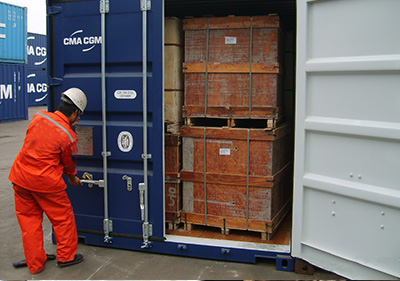Mobile:+86-311-808-126-83
Email:info@ydcastings.com
Creative ideas for pipe cap designs and applications in various industries
Understanding Pipe Caps Essential Components in Piping Systems
Pipe caps are critical components in various piping systems, playing an essential role in ensuring the integrity and safety of fluid transport. These fittings are designed to seal the end of pipes, effectively preventing leakages and protecting the pipe from debris and external contaminants. Available in various materials, sizes, and styles, pipe caps are versatile solutions for numerous industrial applications.
One of the primary functions of pipe caps is to provide a tight seal. In any piping system, maintaining pressure and preventing escape of fluids is crucial. Pipe caps serve to cover the open ends of pipes, thus minimizing the risk of leakage. This is particularly important in systems that transport hazardous materials, as any leakage can lead to environmental pollution and safety hazards for workers.
Pipe caps are made from various materials, including metal, plastic, and rubber. Metal caps, often made from stainless steel or carbon steel, are prevalent in industrial applications due to their durability and resistance to corrosion. Plastic caps, on the other hand, are lightweight and resistant to chemical attacks, making them suitable for a variety of applications, including water supply and chemical processing. Rubber caps provide flexibility and are often used for temporary sealing or protecting fittings during storage and transportation.
pipe caps

Another aspect of pipe caps is their ability to accommodate various pipe sizes and types. Standardized sizes ensure that pipe caps can be easily matched with existing piping systems. However, custom-made options are also available for unique applications. This adaptability makes pipe caps suitable for a wide range of industries, including oil and gas, pharmaceuticals, construction, and food processing.
Installation and maintenance of pipe caps are relatively straightforward, which contributes to their popularity. Most caps can be simply threaded on or welded, depending on the type of piping system. Regular inspection and maintenance ensure that the caps remain in good condition, preventing any potential issues related to sealing or pressure retention.
In addition to their practical benefits, pipe caps can also enhance the overall aesthetics of a piping system. By providing a clean and finished look to the ends of pipes, they can improve the visual appeal of structures, especially in visible installations.
In conclusion, pipe caps are an indispensable part of piping systems across various industries. Their ability to prevent leaks, protect the pipe ends, and provide a finished appearance makes them essential for ensuring the efficient and safe transport of fluids. With a variety of materials and sizes available, they are versatile components that cater to a wide range of applications, underscoring their importance in modern piping technology.
-
Why Should You Invest in Superior Pump Castings for Your Equipment?NewsJun.09,2025
-
Unlock Performance Potential with Stainless Impellers and Aluminum End CapsNewsJun.09,2025
-
Revolutionize Your Machinery with Superior Cast Iron and Aluminum ComponentsNewsJun.09,2025
-
Revolutionize Fluid Dynamics with Premium Pump ComponentsNewsJun.09,2025
-
Optimizing Industrial Systems with Essential Valve ComponentsNewsJun.09,2025
-
Elevate Grid Efficiency with High-Precision Power CastingsNewsJun.09,2025











